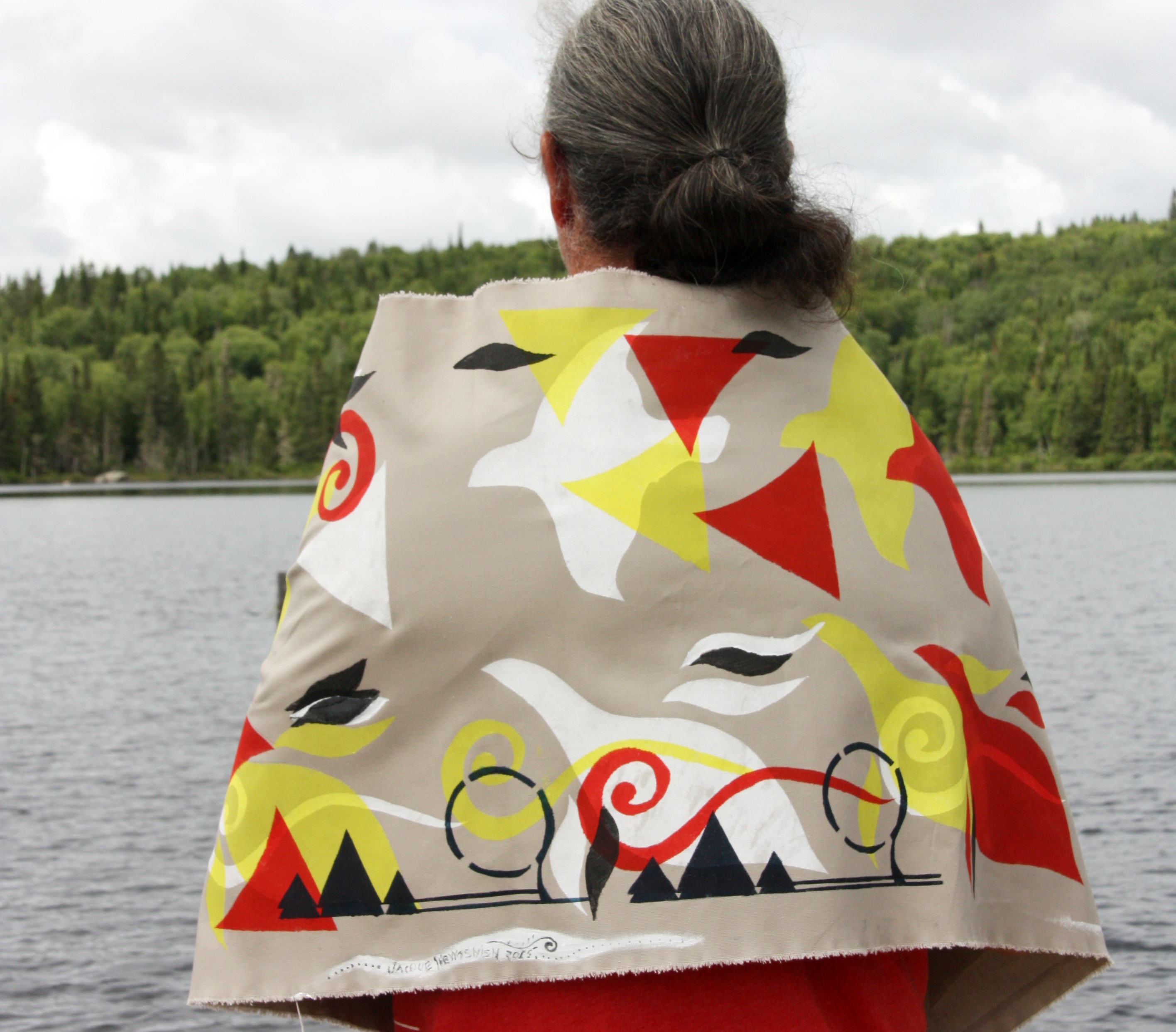Understanding culture as a project
Designing for the future of an Indigenous community in Québec
DOI:
https://doi.org/10.7577/formakademisk.2683Emneord (Nøkkelord):
participatory action research, Indigenous communities, self-determination, culture and futurity, design and social innovationSammendrag
This article argues that, in collaboration with Indigenous [and non-Western local] communities, social designers should approach “culture” not only as a form of heritage that should be preserved and transmitted, but also as a project that weaves together heritage, current material circumstances, and desirable ideas for the future. We therefore examine the notion that every culture is intrinsically oriented towards the future, representing a trajectory that links the past to a projected ideal of well-being. Thus, cultural diversity leads to numerous trajectories and distinct futures, contrary to the colonial ideology according to which only one trajectory is possible: that which adheres to the project of eurocentric modernity. Based on a participatory research action project called Tapiskwan, which focused on the aspirations of the Atikamekw Nehirowisiwok, we propose that the ultimate goal of social designers should be to nurture local communities’ capacity to (re)create their own autonomous trajectories, in pursuit of the good life as their culture defines it.

Nedlastinger
Publisert
Hvordan referere
Utgave
Seksjon
Lisens
Opphavsrett 2020 Renata M. Leitão, Solen Roth

Dette verket er lisensiert under Creative Commons Attribution-NoDerivatives 4.0 International License.
- Forfatteren(e) beholder sin opphavs- og kopieringsrett til eget manuskript, men gir tidsskriftet varig rett til 1) å fremføre manuskriptet for offentligheten i den opprinnelig publiserte digitale form, og 2) å registreres og siteres som første publisering av manuskriptet.
- Forfatteren må selv forvalte sine økonomiske kopieringsrettigheter overfor eventuell tredjepart.
- Tidsskriftet gir ingen økonomisk eller annen kompensasjon for innsendte bidrag, medmindre det er gjort særskilt avtale om dette med forfatteren(e).
- Tidsskriftet plikter å arkivere manuskriptet (inklusive metadata) i den opprinnelig publiserte digitale form, i minst ett dertil egnet åpent tilgjengelig langtidsarkiv for digitalt materiell, som for eksempel i de norske universitetenes institusjonsarkiv innen rammen av NORA-samarbeidet.
Verket vil bli publisert OpenAccess med en Creative Commons 4.0-lisens som tillater alle å lese, dele og tilpasse innholdet, også kommersielt, under lisensvilkårene:
Dette verket må tilskrives/ krediteres på riktig måte, en lenke må gis til CC-BY 4.0-lisensen, og endringer som er gjort må angis på en rimelig måte, men ikke på noen måte som antyder at lisensgiveren støtter deg eller din bruk.



